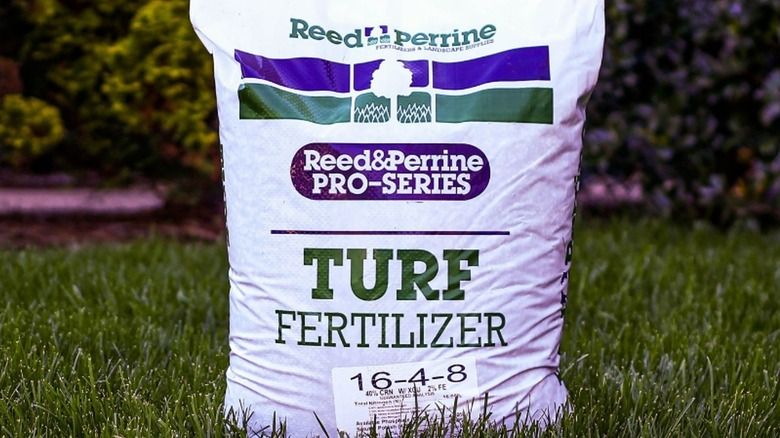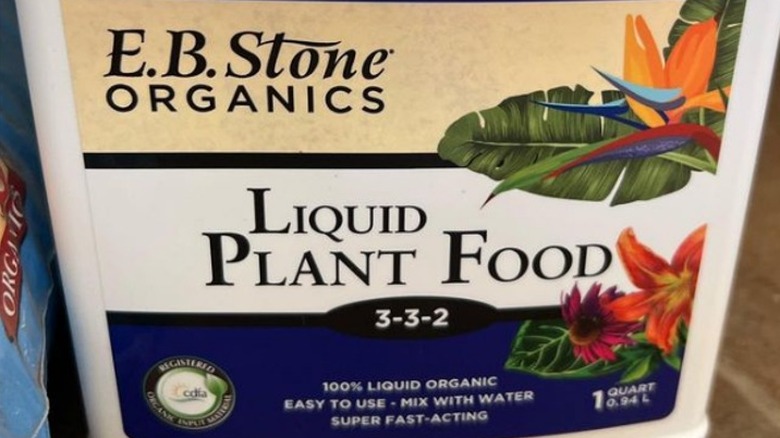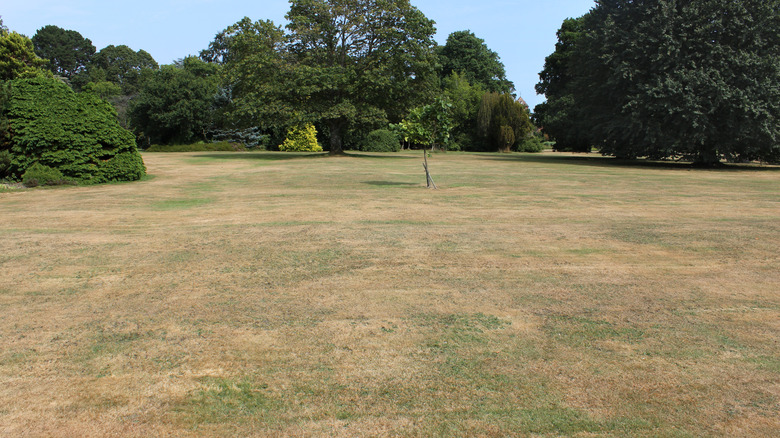What Do Lawn Fertilizer Numbers Mean?
The numbers on the front of your fertilizer bag represent the N-P-K (nitrogen, phosphorus, and potassium, always in that order) ratio of the fertilizer held within. This ratio signifies an equal proportion of each nutrient in the fertilizer and is known as the national standard. The N-P-K ratio on the bag helps users understand the nutrient composition and select a fertilizer that matches the specific needs of their plants. Different plants have varying nutrient requirements, so choosing the appropriate N-P-K ratio helps ensure proper nutrition for optimal growth and overall lawn and soil health.
The University of Maine states that you should test your soil at least once every three years to check its overall effectiveness. How much fertilizer you use will also have an effect on lawn quality. Too much or too little will deprive your lawn of the nutrients it needs, resulting in stunted growth and brown or dried patches. That's why it's important to do the math and always follow the instructions on your bag.
The best time to feed your lawn
Just as it's recommended that humans eat with the seasons, this also applies to your lawn. Just like whatever food is produced during those months, there are specific fertilizers your lawn will need to be fed. Keep in mind that this will vary depending on the type of turf, the climate, and if your lawn has any special requirements due to disease or watering.
In the spring and summer months, you'll want to stick with a fertilizer that's high in nitrogen, which stimulates new growth. It can also help your lawn recover from any previous trauma or stress. In the fall and winter, you're going to want to feed your lawn a diet rich in nitrogen and potassium. The potassium may help your turf cope with the stress brought on by the extreme weather months. It's important to test your soil on a tri-monthly basis. This will help you determine what nutrients your lawn really needs, but if you're unable to do this, you can always opt for a 4-1-2 ratio fertilizer. This offers the best balance between the three and is safe for all lawn types.
Different stages need different quantities
When it comes to properly feeding your lawn, think of it as if you were feeding a human being. Your lawn, like a human, goes through different stages of life and its nutritional requirements will fluctuate depending on how old it is. (Would you feed a baby solid food, or a teenager infant formula?)
A new lawn requires more phosphorus to help build up its root system. These baby roots can't handle any weight, so nitrogen isn't necessary. The best fertilizer for a new lawn would be one with little to no nitrogen, and larger quantities of phosphorus and potassium. If your lawn is fully grown, it will need nitrogen to help keep it looking green and healthy, but not so much phosphorus or potassium. You'll want to look for a fertilizer with a big number followed by two smaller numbers. If your turf is in recovery, or you're getting ready to move into seasonal extremes (summer or winter) it'll need more potassium. You'll want to invest in fertilizer that is mostly nitrogen, followed by a smaller dose of phosphorus, and finished with a large amount of potassium.


